Added 1 new A* page:I made a new font poem thing for my odd wordy webcomic thing, "word," over the weekend; you can check it out by clicking this little tiny piece of it:

~~~~~~~
Was led to an interesting science article on msnbc over the weekend, too: 4.5 billion year old meteorite yields new mineral, promises the title, and the article goes on to describe how scientists found a mineral known as "krotite" in a meteorite in Africa; krotite is "a compound of calcium, aluminum and oxygen," and "needs temperatures of 2,732 degrees Fahrenheit (1,500 degrees Celsius) to form"--they figure the meteorite must be really old, then--dating back to the feisty period of planetary formation in our solar system, in fact--because that's when high temperatures like that were available, or something. The article title's a little misleading, though, because krotite isn't new; in fact, we make it artificially in high-temperature concrete; this is the first time it's been found in nature, however.
Perhaps to make up for that, the article links to this livescience.com article about the discovery of a really new mineral in another probably-4.5-billion-year-old meteorite--this one from Antarctica; only a tiny, tiny bit of the new substance, dubbed "wassonite," was found in the meteorite
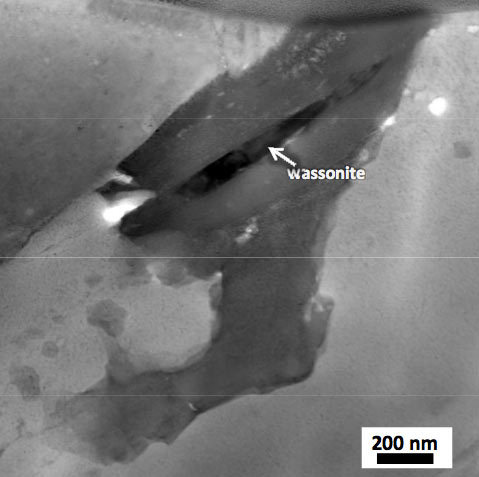
image by NASA (source)
but it was enough for the scientists to be sure that it "is a mineral formed from only two elements, sulfur and titanium, yet it possesses a unique crystal structure that has not been previously observed in nature."
The meteorite in which it was found, Yamato 691, was collected in "the blue ice fields" of the Queen Fabiola Mountains by the Japanese Antarctic Research Expedition way back in 1969; so they're still examining the expedition's findings over 50 years later, apparently; according to the livescience.com article, that was the "first significant recovery of Antarctic meteorites," and "follow-up searches by scientists from Japan and the United States have recovered more than 40,000 specimens, including rare Martian and lunar meteorites."
THAT linked to this space.com article about "Mars meteorite ALH84001," found by a snowmobiling scientist on an expedition in 1984
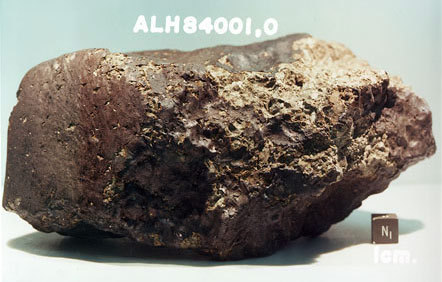
image by NASA (source)
It's thought to be about 1.3 billion years old, and to have got here from Mars when a large asteroid impact on the Martian surface would have knocked it into space--and onto an eventual collision course with Earth. Neat! Also, there was some big debate back in 1996 about various minerals on ALH84001 showing evidence for microbial Martian life, but it appears that that's died down somewhat as it's been shown for the most part that they could have formed by inanimate means.
(Skipping back a bit, I wanted to see what those "blue ice" mountains in Antarctica look like (the Japanese expedition ignored their existing English name and dubbed them the "Yamato Mountains"), because they sounded really cool, but strangely there doesn't seem to be a really good ground photo of them on the Internet. Best I could find was this satellite image from the US Geological Survey:
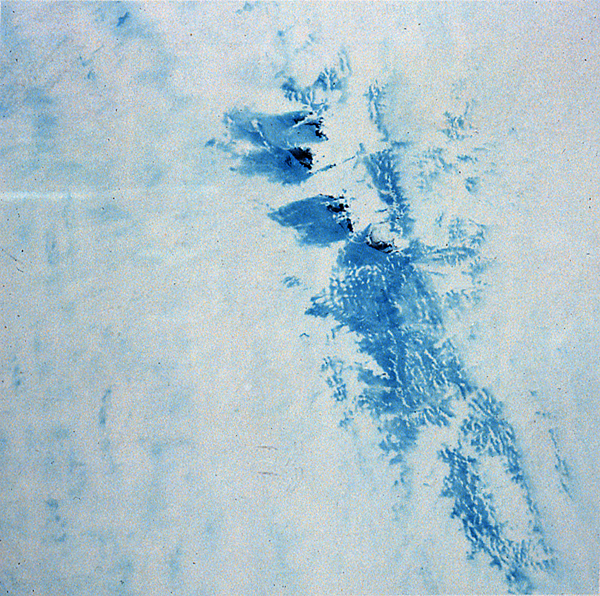
image by US Geological Survey (source)
Hah, I see from the USGS publication in which the photo first appeared that there's a "Mount Terror" in Antarctica (doesn't look like much, but there's a photo here); hang on, there's also a Mount Terror in my own state of Washington! Eeep!
The Queen Fabiola Mountains, incidentally, are named after the fabulous Queen Fabiola of Belgium, since they were discovered by the Belgian Antarctic Expedition in 1960, the same year in which she, a Spanish aristocrat, married King Baudouin of Belgium. She even has a bread in Spain named after her.
Amusingly enough, the Wikipedia Queen Fabiola Mountains article's Belgian Antarctic Expedition link actually links to a 1897-1899 Belgian expedition that sailed there aboard a ship named the Belgica
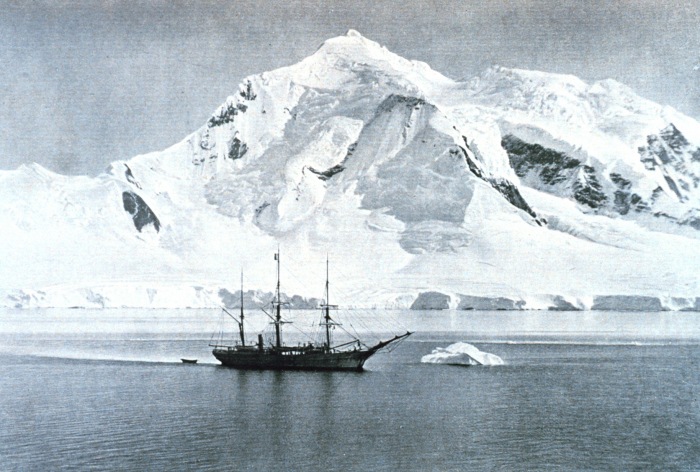
image by NOAA (source)
That expedition ran into trouble, though, as the ship became frozen in ice (intentionally at first? Wikipedia article's a little unclear there)
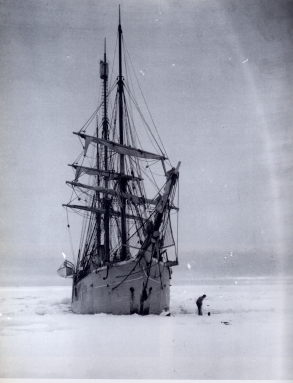
image by anonymous (source)
The Belgica was frozen there from February 28th, 1898 until March 18th, 1899, when they were finally able to get free from the ice thanks to clearing a path with "various tool" and dynamite. While stuck, food supplies became poor because the expedition leader didn't like the smell of the penguin and seal meat they had hunted up: subsisting on poor rations, a bunch of them got scurvy, and some went crazy; but once the expedition leader got sick, the expedition's doctor took over, broke out the meat, and the crew gradually recovered. Apparently they found no meteorites, however. =p)
|
